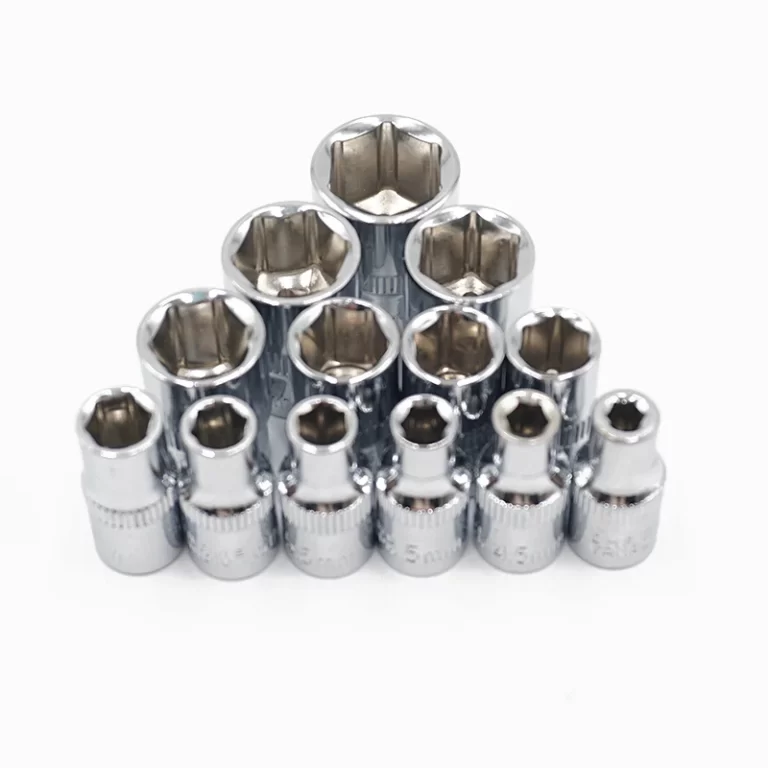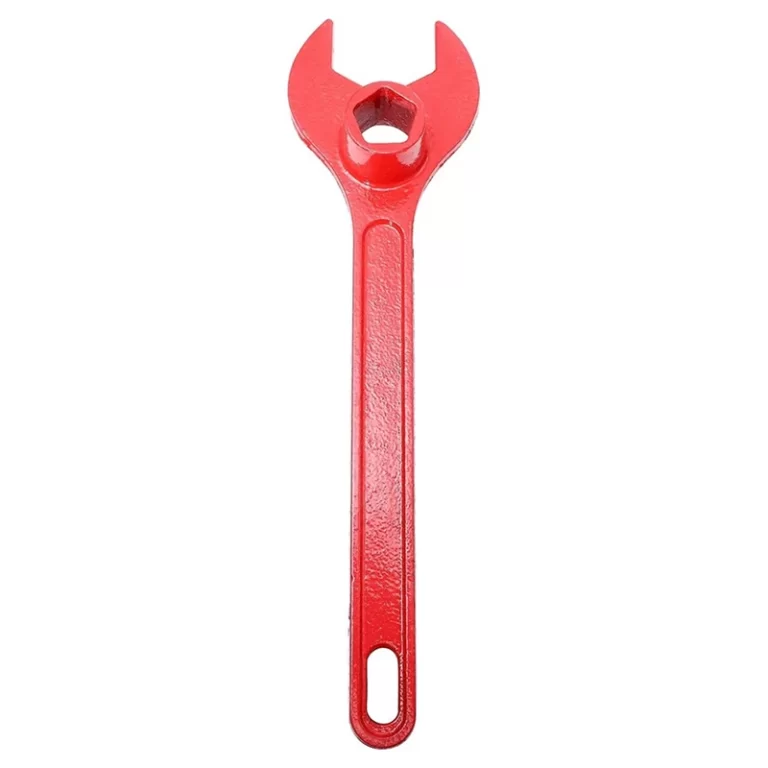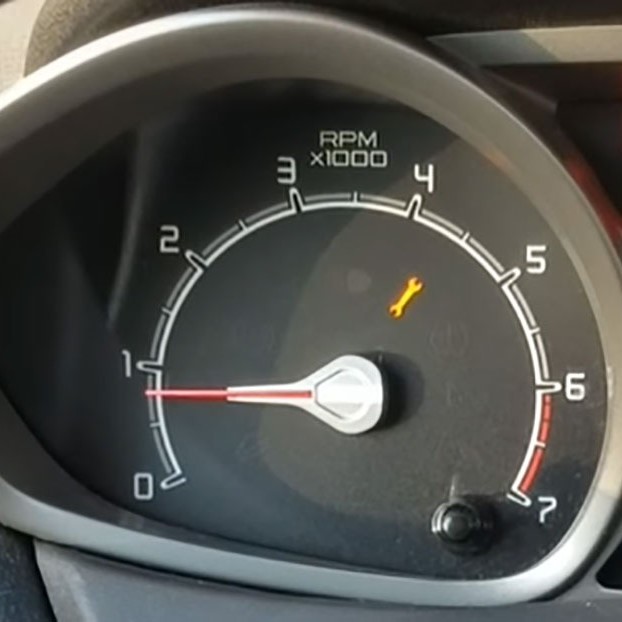
What Does the Wrench Light Mean? Vehicle’s Service Alert
Seeing a wrench light appear on your dashboard can spark worry. You might wonder, “What does the wrench light mean?” This symbol, often yellow or orange, is not an emergency alert like the check engine light. Instead, it serves as a maintenance reminder. Car manufacturers use it to signal that your vehicle is due for routine service. It could mean an oil change, tire rotation, or brake inspection is needed. The wrench light typically appears based on mileage or time intervals programmed into your car’s onboard computer. For example, after every 5,000 or 7,500 miles, the system triggers the alert. In many vehicles, especially Fords, this is known as the “wrench symbol” or powertrain maintenance light. While it doesn’t always indicate an immediate problem, ignoring it can lead to reduced performance or long-term damage.
That’s why understanding what does the wrench light mean is essential for vehicle care. It helps you stay on schedule with preventive maintenance. In this article, we’ll break down the reasons it turns on, what to do when it appears, and how to reset it properly. You’ll also learn how it differs from other dashboard warnings. By the end, you’ll feel confident knowing exactly how to respond when the wrench light comes on.
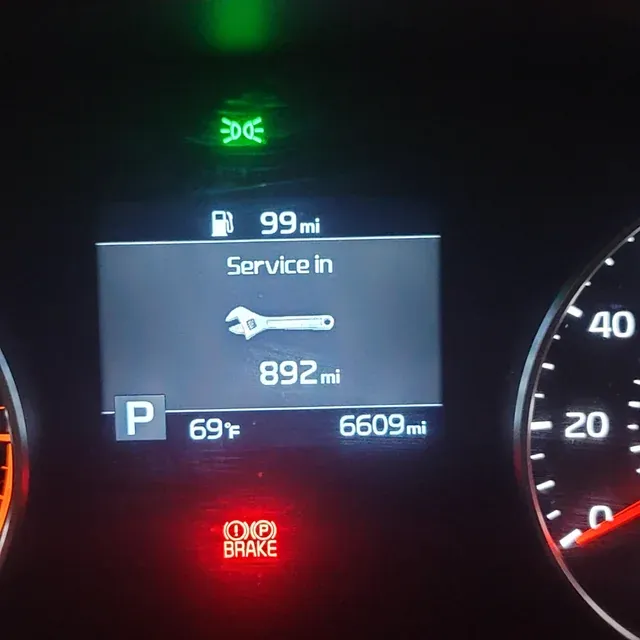 What is the Wrench Light?
What is the Wrench Light?
The wrench light is a warning indicator on your vehicle’s dashboard. It is usually shaped like a small wrench symbol. Its primary purpose is to alert drivers to potential issues in the vehicle’s powertrain, transmission, or general maintenance needs. Depending on the car model, it may also signal problems with the throttle control system.
This light is not as common as the check engine light but serves an equally crucial role. Think of it as the car’s way of telling you that maintenance or urgent care is needed. The wrench lights can illuminate due to various reasons, from overdue oil changes to transmission malfunctions.
Unlike the check engine light, the wrench lights often points to issues requiring immediate attention. It acts as a reminder to prevent major breakdowns. Ignoring this warning could lead to more costly repairs in the future. If your wrench light comes on, it’s essential to diagnose and resolve the issue promptly.
Common Reasons for the Wrench Lights to Illuminate
The wrench light typically warns of issues needing attention. Understanding common causes helps resolve problems quickly.
Maintenance Alerts
- Overdue oil changes often trigger the wrench lights.
- Routine service reminders may also activate the light.
Powertrain Issues
- Problems in the powertrain can illuminate the wrench lights.
- Faulty drivetrain components may lead to this warning.
Transmission Troubles
- Transmission fluid levels could cause the wrench lights to activate.
- Malfunctions in transmission systems often lead to this warning.
Throttle Control System Problems
- Electronic throttle control issues may set off the wrench lights.
Sensor Failures
- Faulty vehicle sensors can trigger the wrench lights.
- Common culprits include oil pressure or temperature sensors.
Battery or Electrical System Warnings
- Low battery voltage may cause the light to turn on.
- Electrical issues in the vehicle could also activate it.
Not addressing these problems early can lead to costly repairs. Pay attention when the wrench lights illuminates and address its cause immediately.
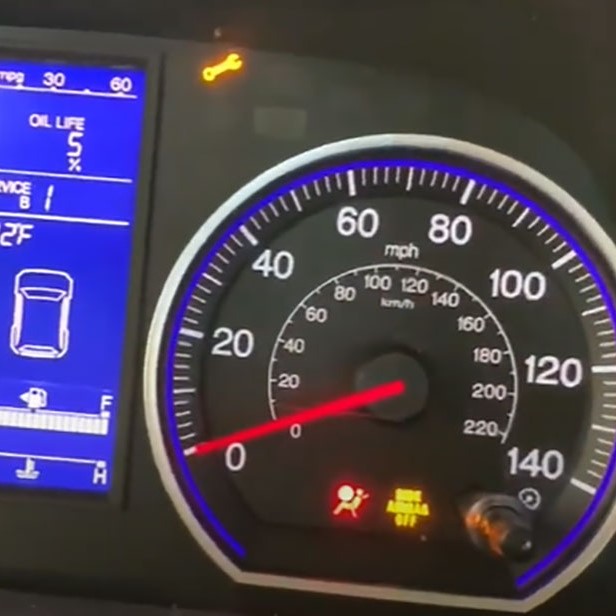 How the Wrench Light Differs from Other Dashboard Warnings
How the Wrench Light Differs from Other Dashboard Warnings
The wrench light stands out from other dashboard warnings in several ways. While the check engine light often signals emissions or engine issues, the wrench light focuses on maintenance or powertrain concerns. Here’s how it differs:
- Specific Maintenance Alerts:
- The wrench light usually points to overdue services or specific maintenance issues.
- It acts as a reminder to address these needs promptly.
- Focus on Powertrain and Transmission:
- Unlike the check engine light, which covers engine and emissions, the wrench light often signals powertrain or transmission problems.
- This makes it crucial for identifying drivetrain-related issues early.
- Severity of Issues:
- The wrench light typically indicates issues requiring immediate attention to prevent bigger problems.
- Ignoring it can lead to costly repairs or vehicle breakdowns.
- Throttle and Sensor Indicators:
- It might warn of electronic throttle control or malfunctioning sensors.
- These are less likely to activate the check engine light.
Understanding these differences is essential. It ensures you respond appropriately and maintain your vehicle’s health. Always pay attention when the wrench light appears.
Steps to Take When the Wrench Light Turns On
The wrench light signals that something needs your attention. Ignoring it can lead to costly repairs. Here are steps to address the issue effectively:
- Stay Calm and Assess:
- Do not panic when the wrench light comes on.
- Safely park and check for unusual vehicle behavior.
- Consult the Owner’s Manual:
- Refer to your vehicle’s manual for specific wrench light meanings.
- Instructions vary across car models.
- Examine Basic Maintenance Needs:
- Check for overdue oil changes or routine service alerts.
- Inspect the powertrain and transmission systems.
- Check Fluid Levels and Sensors:
- Examine engine oil, transmission fluid, and coolant levels.
- Ensure sensors like oil pressure or temperature are functioning properly.
- Restart the Vehicle:
- Turn off the engine for a few minutes.
- Restart to see if the wrench light disappears.
- Run a Diagnostic Scan:
- Use an OBD-II scanner to identify possible trouble codes.
- This pinpoints the problem area quickly.
- Contact a Mechanic if Needed:
- For persistent wrench light issues, consult a trusted mechanic.
- They can provide detailed diagnostics and repairs.
Following these steps helps to identify and resolve the issue early. Addressing the wrench light promptly can prevent severe damage and maintain your vehicle’s reliability.
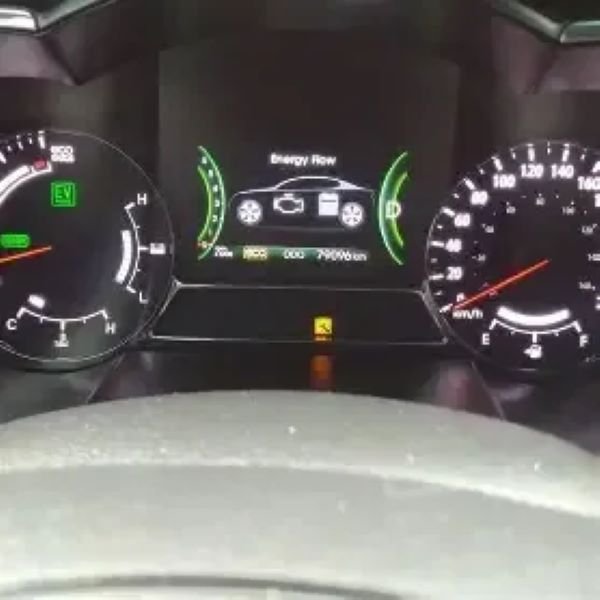 Possible Vehicle Issues Associated with the Wrench Lights
Possible Vehicle Issues Associated with the Wrench Lights
The wrench lights can indicate various issues within your vehicle. Identifying these problems early is vital. Below are some possible issues:
1. Powertrain Malfunctions
- Problems in the powertrain can trigger the wrench lights.
- Faulty drivetrain components often lead to this warning.
2. Transmission System Problems
- Low transmission fluid levels might cause the wrench lights to turn on.
- Failing transmission systems can also activate the warning light.
3. Throttle Control System Errors
- Malfunctions in the throttle system may illuminate the wrench lights.
- Electronic throttle control failures often need immediate attention.
4. Sensor Failures
- Malfunctioning temperature or oil pressure sensors could activate this warning.
- Faulty sensors disrupt vehicle performance and need repair.
5. Electrical or Battery Issues
- Low battery voltage or electrical system failures can prompt the wrench lights.
- Damaged wiring or poor electrical connections may also trigger the warning.
6. Overdue Maintenance Needs
- Skipped oil changes or delayed servicing may cause the light to stay on.
- Routine service alerts help prevent long-term damage.
Pay attention when this light appears. Quick action helps avoid serious damage and costly repairs.
When to Consult a Mechanic About the Wrench Lights
If the wrench light appears, identifying when to call a mechanic is crucial. Some issues can be resolved on your own, but others require professional attention. Below are situations when consulting a mechanic is essential:
- Persistent Wrench Lights:
- If the wrench light remains on after basic checks, seek a professional’s help.
- Ignoring it could lead to severe damage.
- Unusual Vehicle Behavior:
- A jerking car or strange noises might require expert diagnostics.
- These are signs of deeper problems.
- Inability to Determine the Cause:
- If you’ve checked fluids and sensors, but the light persists, consult a mechanic.
- Some issues need specialized tools to detect.
- Transmission or Powertrain Problems:
- Trouble shifting gears or transmission fluid leaks need immediate attention.
- Mechanics can assess and repair complex drivetrain issues.
- Electronic Throttle Control Failures:
- Erratic acceleration or loss of throttle response should be addressed quickly.
- Modern cars require expertise to fix electronic systems.
- Diagnostic Scan Shows Trouble Codes:
- If an OBD-II scanner detects serious faults, consult a mechanic.
- They’ll interpret the codes and perform necessary repairs.
- Maintenance Alerts You Can’t Handle:
- Overdue services like timing belt replacements may need professional assistance.
- Preventative care ensures vehicle reliability.
When the wrench light turns on, avoid delays in addressing its cause. A trusted mechanic can ensure your car stays safe and functional.
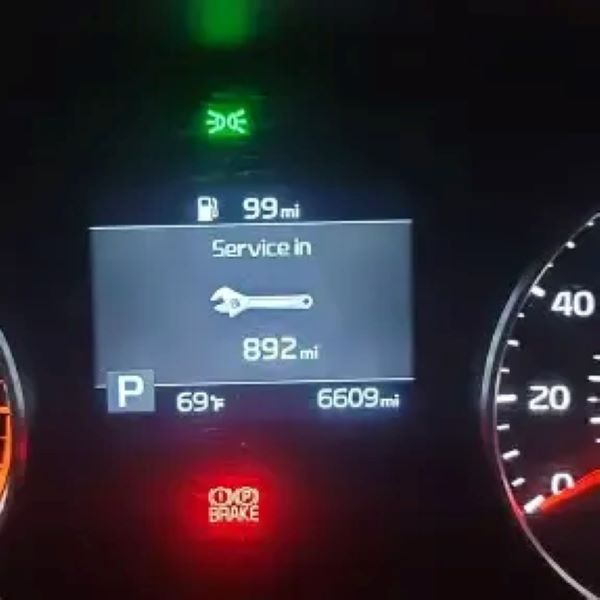 Preventative Maintenance to Avoid Wrench Lights Activation
Preventative Maintenance to Avoid Wrench Lights Activation
Preventative maintenance plays a crucial role in keeping your wrench lights from activating. Regular care ensures your vehicle performs safely and reliably. Below are essential maintenance tips:
1. Schedule Routine Oil Changes
- Replace engine oil at recommended intervals to keep your engine healthy.
- Use high-quality oil to prevent debris buildup and excessive wear.
2. Check Fluid Levels Often
- Monitor transmission fluid, coolant, and brake fluid regularly.
- Refill or replace fluids as needed to avoid malfunctions.
3. Inspect the Battery and Electrical System
- Test your battery to ensure consistent voltage and reliability.
- Check wiring for damage to avoid electrical issues.
4. Service the Transmission System
- Schedule periodic transmission inspections to prevent major issues.
- Replace transmission fluid to optimize performance.
5. Replace Faulty Sensors Promptly
- Inspect sensors like oil pressure or temperature regularly.
- Address any warning signs from worn-out or malfunctioning sensors.
6. Maintain the Throttle System
- Check electronic throttle control components for faults.
- Clean throttle bodies to improve engine response.
7. Follow the Manufacturer’s Maintenance Guide
- Stick to the maintenance schedule in your vehicle’s manual.
- Replace key components, such as belts and filters, as recommended.
8. Use Quality Parts and Components
- Always choose high-quality parts for repairs and replacements.
- Avoid cheaper alternatives that can compromise performance.
Preventative maintenance ensures your vehicle runs smoothly and avoids costly repairs. Taking proactive steps helps avoid triggering the wrench light and extends the lifespan of your car.
Importance of Addressing the Wrench Light Promptly
Ignoring the wrench light can lead to serious vehicle issues. Resolving the problem quickly is essential to prevent costly repairs.
Avoid Severe Damage
- Delaying action can cause major damage to the engine or transmission.
- Quick fixes save time and money compared to extensive repairs.
Ensure Vehicle Safety
- The wrench light often signals critical powertrain concerns.
- Addressing it promptly ensures safe driving and prevents roadside breakdowns.
Prolong Vehicle Life
- Routine care and timely repair extend the overall lifespan of your car.
- Neglecting the wrench light accelerates wear and tear.
Maintain Performance
- Issues tied to the wrench light impact vehicle efficiency.
- Timely resolution keeps your car running smoothly.
Avoid Higher Costs Later
- Small problems grow into expensive repairs if left unattended.
- Early diagnosis minimizes repair costs and stress.
Always prioritize addressing the wrench light to maintain your safety and vehicle reliability. Acting quickly protects your investment and prevents unnecessary hassles.
Frequently Asked Questions About What Does the Wrench Light Mean
Is the wrench light the same as the check engine light? No. The wrench light is a maintenance reminder. The check engine light signals a current fault.
Can I drive with the wrench light on? Yes. It’s safe to drive. But schedule service soon.
How do I turn off the wrench light? You must reset it. Methods vary by model. Check your manual.
Does the light reset itself? No. You have to reset it after service.
What if the light flashes? It usually doesn’t. If it does, see a mechanic. This could mean a rare system error.
Can low oil cause the wrench light? Yes. Some systems monitor oil life. Low or old oil triggers the alert.
Should I go to the dealership? Not necessarily. A trusted mechanic can perform the service.
These answers clarify what does the wrench light mean and help you take the right action.
How to Reset the Wrench Light in Common Vehicle Models
Resetting the wrench light varies by brand and year.
In many Ford vehicles, turn the ignition to “Run” without starting. Press the gas pedal all the way down three times within five seconds. The light will blink and go off.
For Lincoln models, the process is similar. Follow the Ford method unless your manual says otherwise.
Some Mazda models use the same Ford-based system. Try the gas pedal trick. If not, use a scan tool.
In Honda and Acura, the wrench light is less common. They often use a maintenance minder with codes. Press and hold the trip button until the light resets.
Toyota vehicles usually don’t use a wrench symbol. They have a maintenance required light. Turn the key to “On.” Hold the odometer button for 10 seconds.
For Volkswagen, use the trip reset button. Turn the key to “On.” Press and hold until the light blinks off.
Some cars require an OBD2 scanner. Plug it into the port under the dash. Select “reset maintenance light.”
Always verify the light is off after resetting. Test it by driving a short distance.
If it comes back immediately, service may still be needed.
Check online videos for your exact model. Many show the reset process step by step.
Doing it yourself saves time and ensures the reminder is cleared.
Tips for Staying on Top of Vehicle Maintenance
Preventive care keeps your car running smoothly.
First, follow the maintenance schedule. Your manual lists tasks and intervals. Stick to it.
Second, track your mileage. Use your odometer or an app. Note when services are due.
Third, keep service records. Store receipts in a folder or cloud. This helps with resale and warranty claims.
Also, check fluids monthly. Look at oil, coolant, brake fluid, and windshield washer. Top them off if low.
Furthermore, inspect tires often. Check pressure, tread depth, and wear patterns. Rotate them every 5,000–7,500 miles.
In addition, listen to your car. Unusual sounds or vibrations need attention. Don’t wait for a light.
Use quality parts and fluids. Cheap oil or filters may harm your engine. Stick to manufacturer recommendations.
Ask your mechanic for a full inspection. Request a written report. This helps you plan future repairs.
Set phone reminders. Sync them with your maintenance schedule.
Finally, understand dashboard symbols. Know what each light means. This reduces stress and confusion.
Staying proactive protects your investment and safety.
 Know What Maintenance Your Car Needs with What Does the Wrench Light Mean
Know What Maintenance Your Car Needs with What Does the Wrench Light Mean
Understanding what does the wrench light mean gives you control over your vehicle’s health. It’s not a warning of failure. It’s a helpful reminder to stay on schedule. By knowing its purpose, how to respond, and when to reset it, you keep your car reliable and efficient. Regular maintenance prevents bigger issues down the road. So the next time the wrench light appears, don’t ignore it. Use it as a cue to care for your vehicle. With a little knowledge and action, you’ll drive with confidence and peace of mind.
